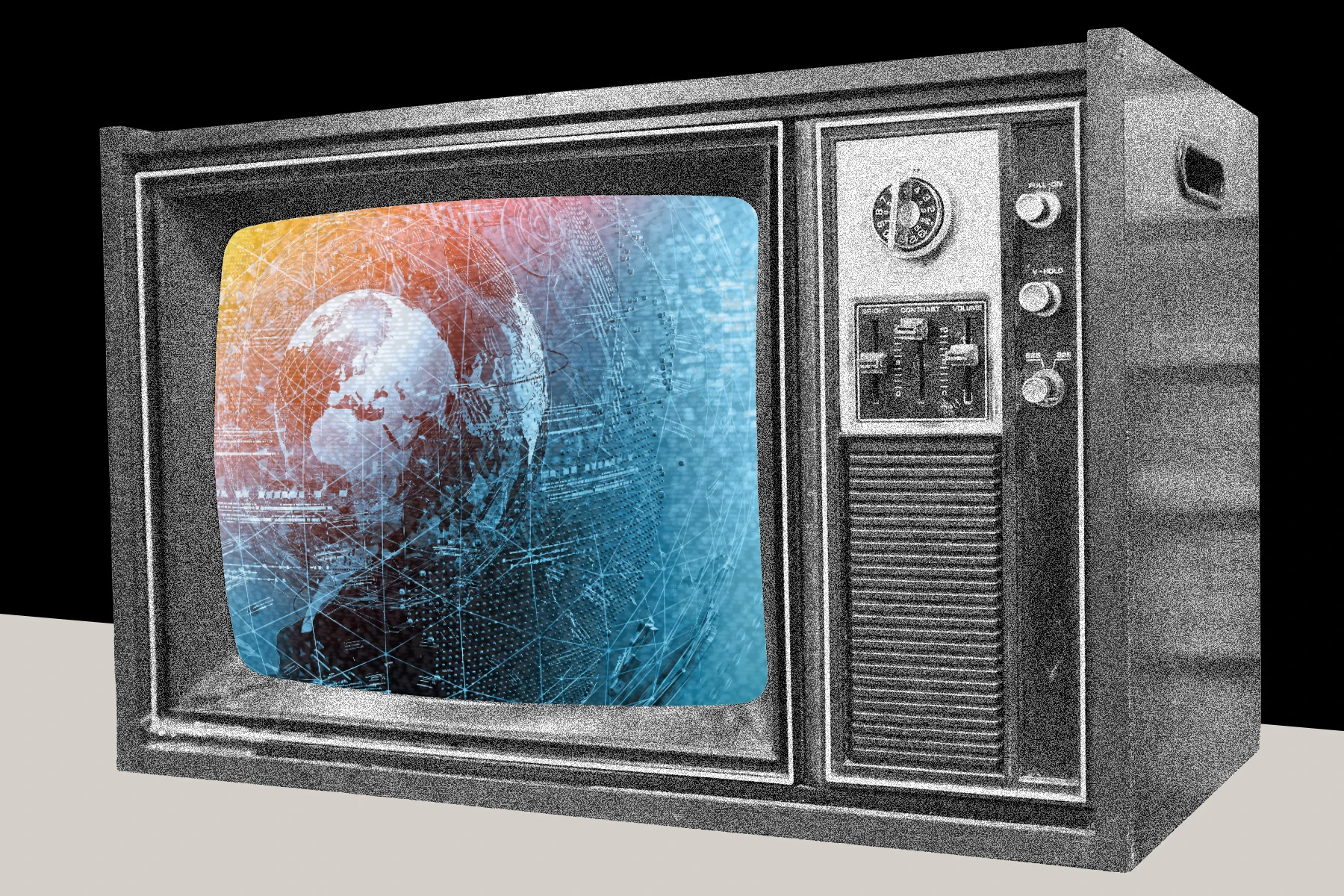One of America’s favorite pastimes is complaining about the news media, specifically its perceived tendency to focus on negative and sensational stories.
But a recent study finds that the news media may not be as biased as perceived. In fact, most media outlets are just doing their job: providing news that’s actually, well, new and different from the daily norm.
In “What Is Newsworthy? Theory and Evidence,” researchers propose a novel way to measure newsworthiness based on an analysis of thousands of network TV news segments from 1968 to 2013. Looking at coverage of topics including the stock market and US military deaths, the media could appear negative or even sensational at times. But when the same news is measured by its ability to surprise, coverage seemed more rational and justified.
“Our work provides a new way to address complaints and accusations of bias,” explains Jesse Shapiro, the George Gund Professor of Economics and Business Administration at Harvard Business School and one of the study’s coauthors. “What they should be reporting are things their audience wouldn't otherwise know. What might appear to be bias might actually be reflecting the imperative to report what is news.”
Shapiro conducted the study with Luis Armona, an assistant professor at the Harvard Kennedy School; Matthew Gentzkow, a professor at Stanford University; and Emir Kamenica, a professor at the University of Chicago’s Booth School of Business.
When covering disasters and more
The authors analyzed summaries of news segments from September 1968 to December 2013 from the three major American networks’ (ABC, CBS, NBC) half-hour evening news broadcasts, as stored at the Vanderbilt Television News Archives. Among other things, the authors tracked networks’ coverage of certain topics, both the frequency and number of minutes.
The authors then compared the stories about the stock market, unemployment, weather, and US military casualties in the Iran and Afghanistan wars to available historic information on the subjects, such as unemployment data from the US Bureau of Labor Statistics and weather information from various sources.
The authors developed a score to measure how surprising the outcome was, against a historical forecast, and used the measure to gauge the newsworthiness of each topic on each day.
Identifying biases
The study finds that stories about employment over the years were 5.4 percent more likely when the unemployment rate was going up, suggesting a bias in favor of negative news.
But when the authors controlled for how newsworthy the topic was, the estimated bias fell to a “statistically insignificant” 2.4 percent. Part of the reason is that unemployment rises faster than it falls, making periods of increasing unemployment more newsworthy.
In the case of network TV coverage of the Iraq and Afghanistan wars from the early 2000s to 2013, the authors found that military casualties in the Iraq war were 10 percentage points more likely to be reported than casualties in Afghanistan, a contrast that suggested a bias toward reporting on one context more than the other.
But when the authors controlled for how newsworthy the topic was, the estimated bias again became statistically insignificant.
Though not all patterns in the data could be explained by newsworthiness, Shapiro says he was impressed by how closely the networks hewed to the notion that news programs should report new and unexpected information.
Attracting customers’ scarce attention
Indeed, the authors’ definition of newsworthiness might also assist businesses trying to gain the attention of customers, Shapiro adds. Analysts could issue investment alerts based on new investment information they’ve received, for example.
“It’s all about context,” Shapiro says. “What’s newsworthy isn’t just what happened on a given day. We need to evaluate whether the information is surprising given forecasts and expectations. Our analysis shows a way to do this.”
Image by HBSWK with assets from AdobeStock.


